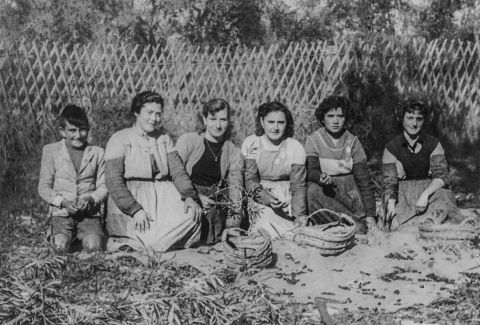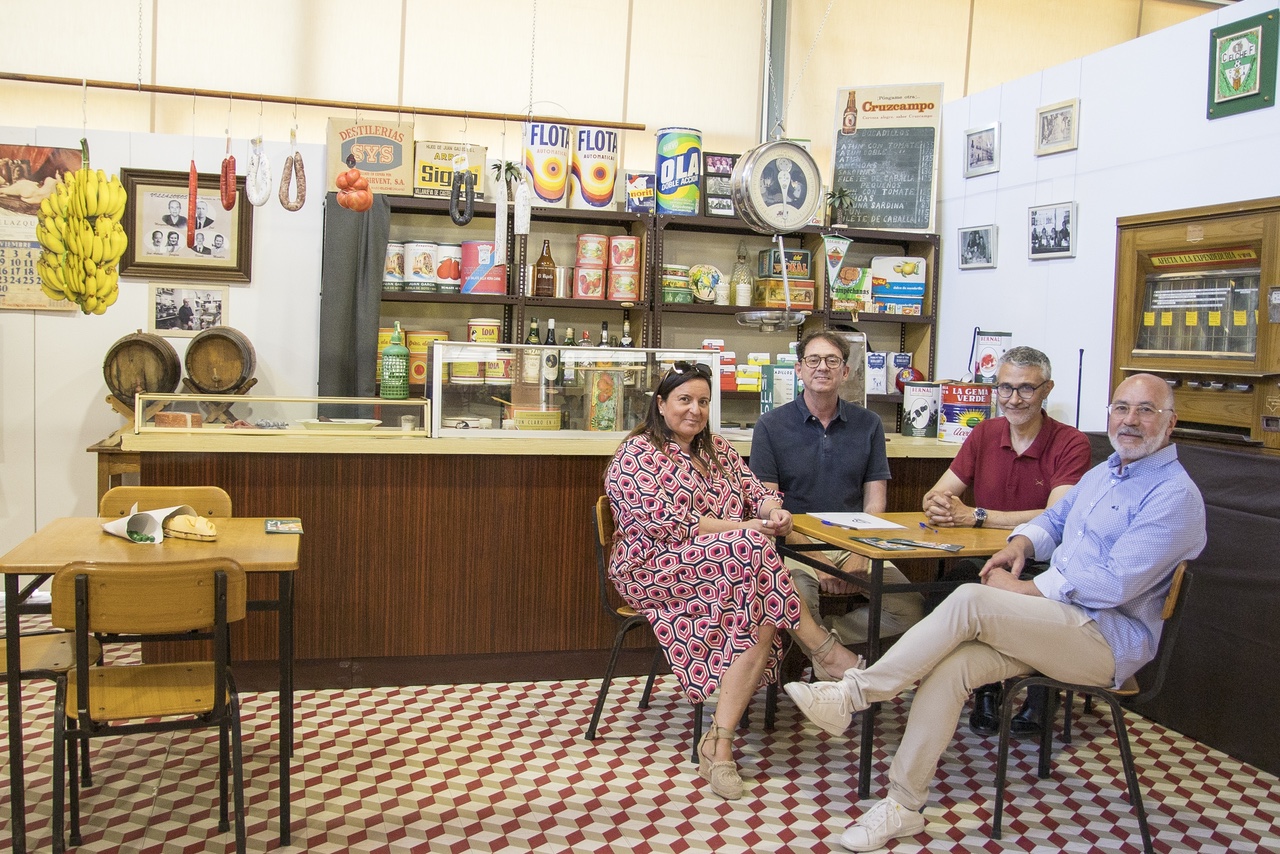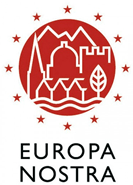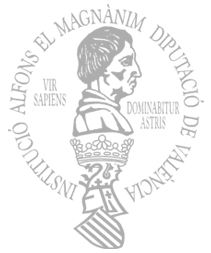
The importance of olive oil ilicitano
22-09-2020
If we speak of the ilicitano landscape it is inevitable not to think in their orchards, it is a distinction of the municipality. The palm tree has been for a long the centuries a source of raw materials for the buildings for the local society. In addition, of the date collection, its raw material has been used by the ilicitanos for the building, for the production of the white palm, etc. However the ilicitana flora and the vegetation not ends in the palm tree, It is a tree widespread in our municipality and great part of the territories bordering the Mediterranean, it is the olive tree. In Elche, the olive tree has had a major role in the population. Around the 18, century, The olive tree was widespread and distributed in great countrysides around the urban core.These trees were a source of resources for the society of the time, that it knew enjoy their fruits to obtain oil. The volume of tree, olives was significant, Cavanilles was a botanic of the 18 th century, he outlined in 1791 the vicinity of Elche as a forest the olive grows, it later specifying the extension of the same in thirty thousand tahúllas.... (2227 hectares)of land. The great surface occupied by the tree olives is coupled the mill numbers dates from 18 th century, There was 113, they had an important role this Mediterranean tree in the village economy.
The farmers work has evolved with the passing of the centuries. They are involved in the previous traditional way of life of mechanization, the farmers carried out the collection of the olive manually. Between November and December They collect the olives, it is a task where participate all the family. On the one hand, the men were busy caning the trees, They collected the olive of the soil of the below branches. Once collected all the olive, it was carried by car to the mill.
In the mill, the olive was passed by a sieve. This tool was composed by a structure of wood in earring and metal mesh, They were dropped the olives by the mesh and It was responsible for separating the olives from leaves and insects.Then the olives were spread over the stone mill, which was driven by a draft animal. The mill shredded the olives extracting their juice, which through some gutters fell into a kind of small raft with water. The juice remained on the surface, because its density is higher than that of water. It was left to rest for the proper time, so that the small olive remains that had been filtered were deposited at the bottom of the raft. Now it was only left to extract the virgin olive oil that floated on the water.
The rest of the pasta left in the mill was collected with a tool known as tiràs and taken to a press. The paste was put into a box, a kind of round disc of esparto, which at the time of pressing was used as a sieve. The chests filled with pasta were placed on top of each other, and the press was activated. The little juice that was left in the pasta fell down a gutter into a bowl, while the rest of it could be used for fertilizer or as food for animals. This oil obtained in this second extraction is known as "pomace oil", a lower quality oil that comes from the residues of the milled olive.
The Ilicitans and Ilicitans continue to collect their olives and bring them to the mills annually. Nowadays, olive mills in Elche can count on the fingers of one hand, but there are many kilos of olives that go through these, thanks mainly to progress in mechanization.
In the past, the Ilicitan economy had a buoyant alpargatera industry. In the middle of the 20th century, the introduction of the first plastics represented the evolution of the espadrille industry towards the footwear industry. However, there was another industry that ceased its activity at the end of the 18th century. We are talking about the ilicitana soap dish industry, whose product, soap, was the result of the mixture of several raw materials, including olive oil. In the production of soap, the oil played an important role, giving softness and a fresh and pleasant aroma.
In addition to sebum, another component was needed for the manufacture of soap: sodium hydroxide, commonly known as caustic soda. There are several procedures for obtaining this element. But, during the centuries that this industry was active, its obtaining was carried out in a traditional way, by means of the calcination of plants. In particular, barrel plants were used that grow in areas where the soil is very salty. In Elche, one of the areas where these plants were burned was the one currently known as Vereda de Cendres. On the margins of this ancient road that crossed from Bassars to Crevillent these plants were burned, to obtain caustic soda of organic origin.
[4] The soap industry had seven boilers for hard soap which produced about 9000 arrobas per year [...] which is about 100 tonnes and two boilers for soft soap which produced 200 arrobas (between 2200 and 2400 kg). These quantities reflect the importance of soap and therefore of olive oil in the territory of Ilicitano
Author: Borja Guilló, technician of the School Museum.
[1] Lacarra, J.; Sánchez, X. and Jarque, F. (1997): The Cavanilles Observations. Two hundred years later, Valencia: Fundación Bancaja, vol. IV, p. 269.
[2] Ibidem, p. 270.
[3] Ibarra, P. (1895): History of Elche, Elche: Manuel Pastor Torres, p. 209.
[4] Ibidem, p. 209.












